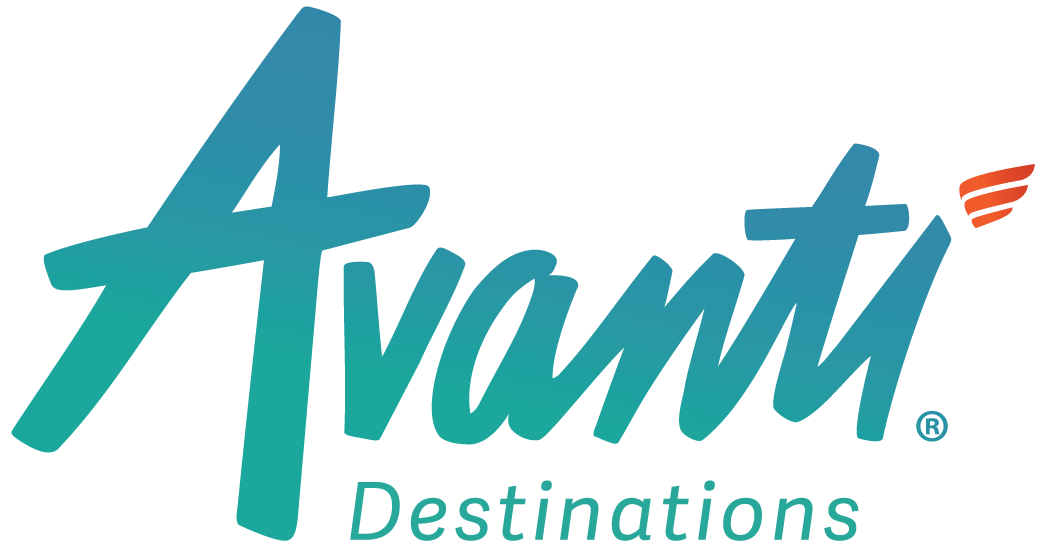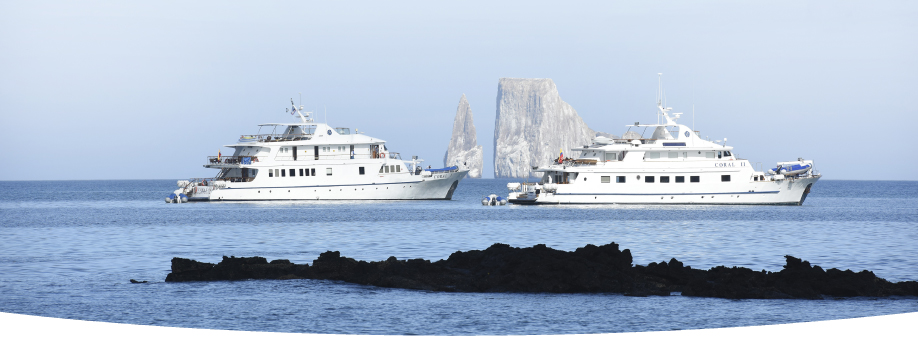

M/Y Coral I/II Cruise:
Itinerary D
Itinerary D
Visit the islands and see famous Galapagos creatures such as penguins and fur seals living on the equator, marine iguanas, giant tortoises, blue-footed boobies and the Galapagos albatross.
ACCOMMODATIONS
• 4 Nights M/Y Corals
INCLUSIONS
• Roundtrip Air and Ground Transfers
• Galapagos National Park Fee
• Tours with Naturalist Guide
• All Meals
• All Meals
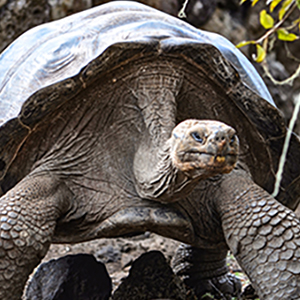
Wednesday:
San Cristóbal Airport: Departure from Quito or Guayaquil to San Cristóbal (2 1/2 hours flight). Passengers are picked up at the airport by our naturalist guides and taken on a ten minute bus drive to the pier to board the M/Y Corals.
Interpretation Center and Tijeretas Hill - San Cristobal Island: Dry landing. The interpretation center is full of interesting information and offers the perfect introduction to learning about the formation of Galapagos, its significance in the world, threats and conservation efforts. Followed by a hike to Frigatebird Hill (Cerro Tijeretas), where we will have great looks at both species of frigatebirds, with the bonus of a beautiful view of the bay below.(Dinner, Accommodations, M/Y Corals)
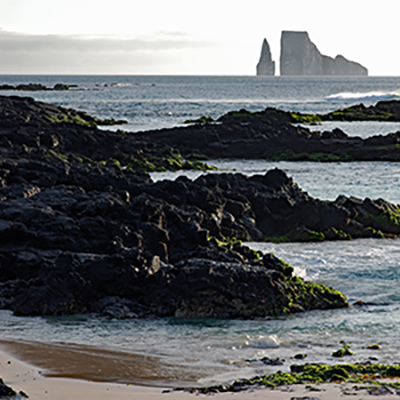
Thursday:
Cerro Brujo, San Cristobal Island: Wet landing. From our pangas, as we head to shore, we will first take in the immensity of the stunning cliffs of "Sorcerer's Hill". We can enjoy simply sharing the beach with sea lions, snorkeling from shore or taking a walk to a hidden lagoon where we might spot black-necked stilts, ruddy turnstones, whimbrels and white-cheeked pintails.
Pitt Point & Islet, San Cristóbal Island: Wet landing followed by a high intensity hike on rocky terrain. The trail includes an olivine beach of 90 meters long and a path that climbs to the top of a volcanic tuff, through several magnificent viewpoints. This is probably the only site where the three booby species of the Galapagos can be seen together: Nazca, Blue-footed, and Red-footed; as well as two species of frigatebirds and a sea lion colony; it is also excellent for dinghy rides and snorkeling, where a good range of sea birds can be observed.
(Breakfast, Lunch, Dinner, Accommodations, M/Y Corals)
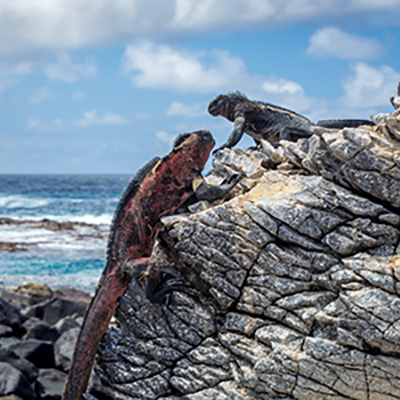
Friday:
Punta Suarez, Espanola Island: Dry landing. One of the highlights of the trip! Punta Suarez seems to have everything - a naturalists' paradise. A slew of marine iguanas and sea lions greet us at the landing site from where our walk continues with close encounters of boobies, endemic lizards, gulls and even a dramatic blowhole. The oldest island in the archipelago, Espanola is our only opportunity to see the endemic waved albatross during their breeding season between April and December. With luck, we can watch their complex courtship display.
Gardner Bay, Espanola Island: : In the afternoon, disembark (wet landing) at a white coral beach for a short walk to observe the sea lions, mockingbirds, finches or enjoy the beach. There is great snorkelling in this area, paddle on kayaks or a ride aboard the glass-bottom boat. Expedition plan for Monday and dinner.
(Breakfast, Lunch, Dinner, Accommodations, M/Y Corals)
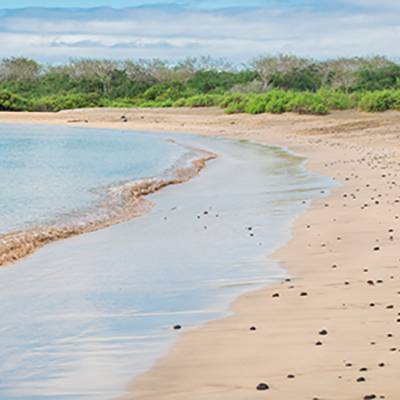
Saturday:
Floreana Island: Wet landing. Our walk takes us past island-endemic Scalesia plants to a large, shallow, lagoon often inhabited by a number of shockingly pink greater flamingoes. We continue through a forest of palo santo trees to arrive at a powdery white beach, a nesting area of green turtles. As we paddle in the shallow water we will spot diamond stingrays and white-tipped reef sharks. This coral-sand beach marks the end of our trail, and we head back to the olivine beach we landed on, to swim or snorkel amongst sea turtles, reef fish, and sea lions. A small colony of penguins resides on Floreana as well.
Afterwards, we head to Devil's Crown, an eroded volcanic cone which is home to an abundance of fish and marine animals. We will swim with big schools of yellow-tailed surgeonfish, salemas and creole fish and spot turtles, spotted eagle rays, parrotfish, and even hammerhead sharks!
Post Office Bay: Wet landing. A very short walk from the beach leads us to the famous Post Office Barrel. Claimed to have been the first set up in 1793 by Captain James Colnett it remains the oldest functioning post office in the Pacific. The system was that whalers and fur-sealers would leave addressed letters in the barrel to be picked up by homeward bound colleagues. In the spirit of maintaining this tradition, visitors today will often take letters and hand-deliver them in their home countries.
(Breakfast, Lunch, Dinner, Accommodations, M/Y Corals)
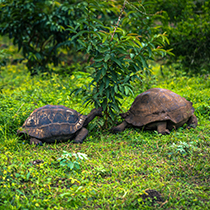
Sunday:
Highland Tortoise Reserve (Santa Cruz Island): Dry landing. In the central highlands of Santa Cruz Island, we have our best opportunity to interact with wild Galapagos giant tortoises. A short walk among these huge, 600lb reptiles will also offer the chance to see more highland species, including several species of finches.
Baltra Airport: In the morning you will go straight to the airport for return flight to Guayaquil or Quito.
(Breakfast, M/Y Corals)
** Itinerary and inclusions are subject to change

